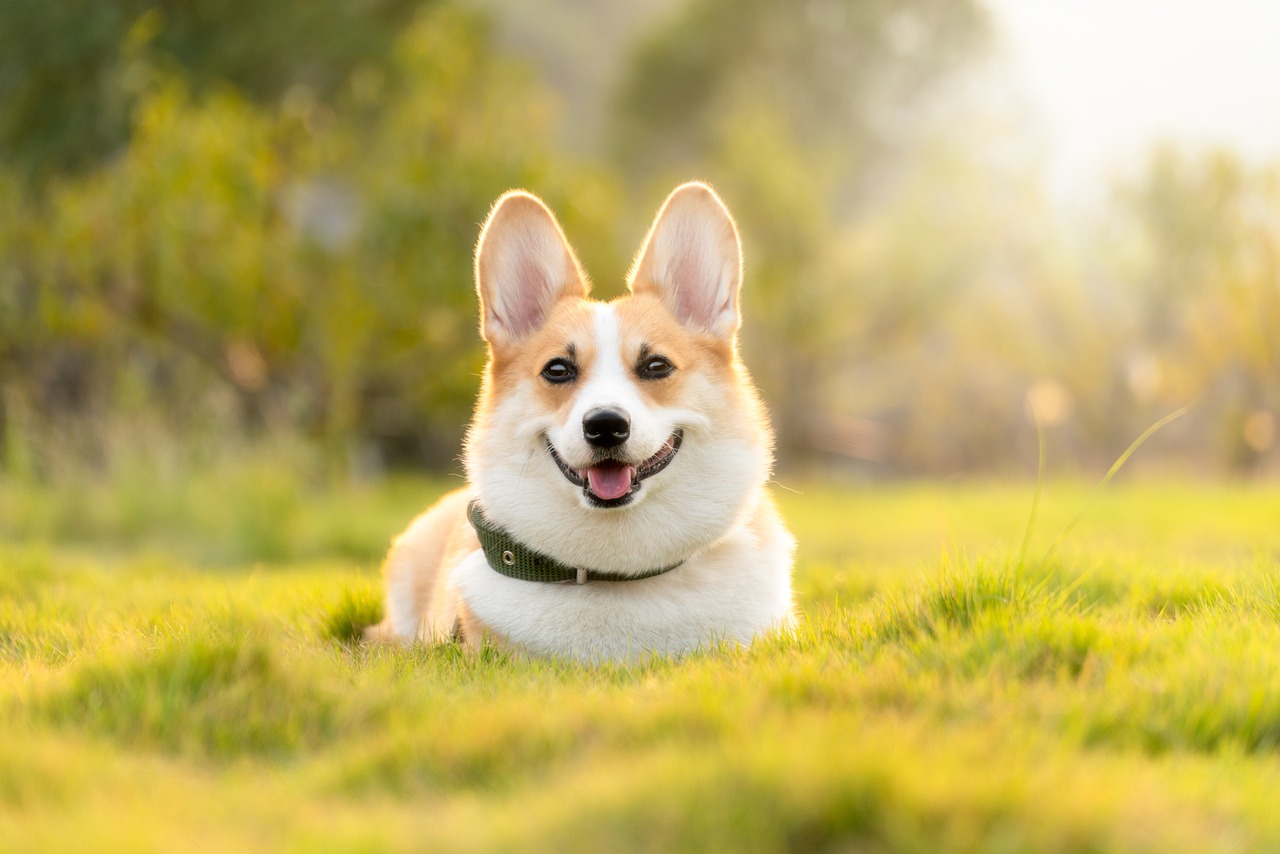Keeping our furry, feathered, or scaled companions safe and healthy is a top priority for any pet owner. From recognizing potential household hazards to understanding the importance of proper identification, proactive pet safety measures are crucial for ensuring a long and happy life for your beloved animal. This comprehensive guide covers essential aspects of pet safety, providing actionable tips and information to help you create a safe and secure environment for your four-legged family members.
Identifying and Eliminating Household Hazards
Your home, while comfortable for you, can contain hidden dangers for your pets. Identifying and mitigating these risks is a crucial first step in ensuring pet safety.
Toxic Substances
Many common household products are toxic to animals if ingested or inhaled.
- Cleaning Supplies: Keep all cleaning products, including detergents, bleach, and disinfectants, stored securely out of reach. Even seemingly harmless “natural” cleaners can contain irritants.
Example: A dog ingesting drain cleaner can suffer severe burns to the mouth, esophagus, and stomach.
- Medications: Human medications, both prescription and over-the-counter, are a leading cause of pet poisoning. Store all medications in closed cabinets.
Example: Even a small dose of acetaminophen (Tylenol) can be fatal to cats.
- Pest Control Products: Rodenticides and insecticides are highly toxic. Consider pet-safe alternatives or consult with a professional pest control service.
Example: Antifreeze, often used in pest control, is extremely toxic to both dogs and cats, even in small amounts. It tastes sweet, making it attractive to animals.
- Certain Foods: Many human foods are toxic to pets, including chocolate, grapes, raisins, onions, garlic, and xylitol (an artificial sweetener).
Example: Chocolate contains theobromine, which can cause vomiting, diarrhea, hyperactivity, seizures, and even death in dogs.
- Plants: Many common houseplants are poisonous to pets. Research plants before bringing them into your home. The ASPCA website has a comprehensive list of toxic and non-toxic plants for dogs, cats, and horses.
Example: Lilies are highly toxic to cats, causing kidney failure.
Physical Dangers
Beyond toxic substances, physical hazards can also pose a threat.
- Electrical Cords: Pets, especially puppies and kittens, may chew on electrical cords, leading to electrocution. Secure cords with cord protectors or keep them out of reach.
- Small Objects: Small objects like buttons, coins, rubber bands, and plastic pieces can be ingested and cause choking or intestinal blockages. Regularly inspect your home for potential hazards.
- Open Windows and Balconies: Cats are particularly vulnerable to falling from open windows or balconies. Install screens or take other precautions to prevent falls.
Example: “High-Rise Syndrome” is a term used to describe injuries sustained by cats falling from windows.
- Dangling Cords: Cords from blinds or curtains can pose a strangulation risk. Shorten cords or use safety tassels.
- Fireplaces and Stoves: Keep pets away from open flames and hot surfaces. Use fireplace screens and never leave a stove unattended.
Safe Outdoor Activities
Enjoying the outdoors with your pet is a great way to bond and provide exercise, but it’s essential to prioritize their safety.
Leash Safety and Identification
- Always use a leash: Leashes prevent pets from running into traffic, getting lost, or encountering dangerous wildlife.
- Proper Fit: Ensure the leash and collar or harness fit properly and are in good condition.
- Identification: Always have your pet wear a collar with identification tags that include your name, address, and phone number. Microchipping is also highly recommended, as it provides permanent identification even if the collar is lost.
- Example: A microchip is about the size of a grain of rice and is implanted under the skin. Veterinary clinics and animal shelters can scan for the microchip to identify the pet’s owner.
Weather Considerations
- Heatstroke: Pets can overheat quickly in hot weather. Provide plenty of water, shade, and avoid strenuous exercise during the hottest part of the day. Never leave a pet in a parked car, even for a few minutes.
Example: Brachycephalic breeds (short-nosed dogs like Bulldogs and Pugs) are particularly susceptible to heatstroke.
- Cold Weather: Protect pets from the cold by providing warm shelter, limiting outdoor exposure, and using sweaters or coats for short-haired breeds. Be aware of the dangers of antifreeze.
Example: Wipe your pet’s paws after walks to remove salt and de-icing chemicals, which can be irritating or toxic if ingested.
- Sunburn: Pets with light-colored fur or exposed skin are susceptible to sunburn. Apply pet-safe sunscreen to vulnerable areas like the nose and ears.
Environmental Hazards
- Toxic Plants: Be aware of poisonous plants in your area and keep your pet away from them.
- Wildlife: Be cautious of encounters with wild animals, such as snakes, coyotes, and raccoons. Keep your pet on a leash and avoid areas known to be inhabited by wildlife.
- Pesticides and Herbicides: Avoid walking your pet on lawns or in areas that have been recently treated with pesticides or herbicides.
- Water Safety: Supervise your pet around water, especially if they are not strong swimmers. Be aware of potential hazards such as strong currents and algae blooms.
Pet-Proofing Your Vehicle
Traveling with pets requires extra safety precautions to protect both the animal and other passengers.
Safe Restraint
- Crates and Carriers: The safest way to transport pets in a vehicle is in a secure crate or carrier. This prevents them from distracting the driver and reduces the risk of injury in case of an accident.
- Pet Seat Belts: Pet seat belts are designed to restrain pets and prevent them from moving around in the car.
- Never Allow Pets to Ride in the Bed of a Truck: This is extremely dangerous and can result in serious injury or death.
Preventing Distraction
- Secure the Carrier: Make sure the carrier is securely fastened to the seat using a seat belt.
- Avoid Letting Pets Roam Free: Allowing pets to roam freely in the car can be distracting to the driver and increase the risk of an accident.
- Plan for Breaks: Take frequent breaks during long trips to allow your pet to stretch their legs, drink water, and relieve themselves.
Temperature Control
- Never Leave Pets in a Parked Car: The temperature inside a parked car can rise rapidly, even on a moderately warm day. This can lead to heatstroke and death.
- Ensure Adequate Ventilation: Keep the air conditioning running or open windows to provide adequate ventilation.
- Provide Water: Always provide fresh water for your pet during car trips.
Emergency Preparedness
Being prepared for emergencies can make a significant difference in your pet’s safety and well-being.
First Aid Kit
Assemble a pet first aid kit that includes:
- Gauze pads
- Bandage material
- Antiseptic wipes
- Hydrogen peroxide (to induce vomiting, only use under veterinary advice)
- Tweezers
- Scissors
- Pet-safe antiseptic spray
- Emergency blanket
- Your veterinarian’s contact information
- A pet first aid manual
Emergency Plan
- Evacuation Plan: Include your pets in your family’s evacuation plan. Know where you will take them in case of an emergency.
- Pet-Friendly Shelters and Hotels: Identify pet-friendly shelters and hotels in your area.
- Emergency Contact Information: Keep a list of emergency contact information readily available, including your veterinarian’s number, a local animal hospital, and a pet poison control hotline.
Basic First Aid Knowledge
- CPR: Learn basic pet CPR techniques. Many local organizations offer pet first aid and CPR classes.
- Recognizing Signs of Distress: Learn to recognize signs of distress in your pet, such as difficulty breathing, excessive panting, vomiting, or diarrhea.
- Knowing When to Seek Veterinary Care: Don’t hesitate to seek veterinary care if you are concerned about your pet’s health.
Conclusion
Prioritizing pet safety is an ongoing responsibility that requires diligence and awareness. By identifying and eliminating household hazards, taking precautions during outdoor activities, ensuring safe travel, and preparing for emergencies, you can create a secure and loving environment for your pet. Remember, a proactive approach to pet safety is the best way to ensure a long, healthy, and happy life for your cherished companion.




